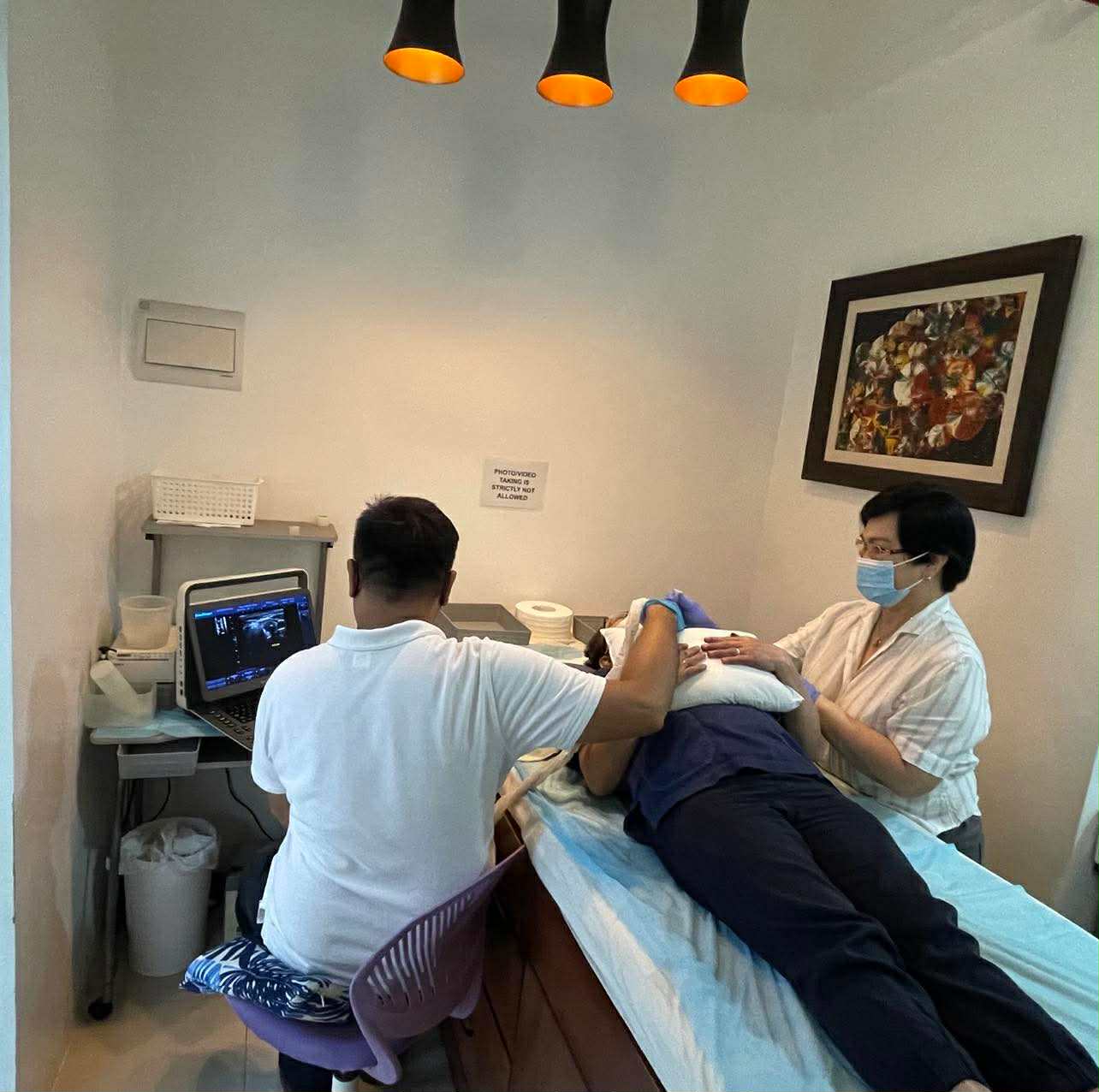
Fine Needle Aspiration Biopsy (FNAB) is a simple, quick, and minimally invasive diagnostic procedure used to investigate lumps or masses found in various body parts, including the breast, thyroid, lymph nodes, and soft tissues. Our Cebu clinic provides expert FNAB services with state-of-the-art equipment.
During the procedure, a thin, G23 needle is inserted into the mass to extract cells for examination under a microscope. This allows our specialist to determine if the cells are benign (non-cancerous) or malignant (cancerous).
Quick procedure (15-30 minutes)
Minimal discomfort
No anesthesia required
Results within 1-2hrs

For certain types of masses or those located in challenging areas, we offer Ultrasound (UTZ) Guided FNAB. This advanced technique uses real-time ultrasound imaging to guide the needle precisely to the target area.
UTZ Guided FNAB improves accuracy, especially for smaller or deeper masses that may be difficult to access through conventional FNAB techniques. This ensures that we collect cells from the correct area, enhancing diagnostic precision.
Real-time visualization of the needle path
Better cellular material for more accurate diagnosis
Perfect for smaller or deeper masses
Fine Needle Aspiration Biopsy offers numerous advantages over other diagnostic procedures
The entire procedure typically takes only 5-10 minutes, allowing you to continue with your day.
Unlike surgical biopsies, FNAB uses a thin needle, resulting in minimal discomfort and no scarring.
Receive your diagnostic results within 1-3 hours, reducing anxiety and allowing for quicker treatment decisions.
FNAB has minimal complications compared to surgical biopsies, with little to no recovery time needed.
When performed by an experienced specialist like Dr. Salillas, FNAB provides highly accurate diagnostic information.
FNAB is more affordable than surgical biopsies, making it an economical choice for initial diagnosis.
Contact us today to book your appointment with Dr. Salillas, a specialist with over 30 years of experience in cytopathology.